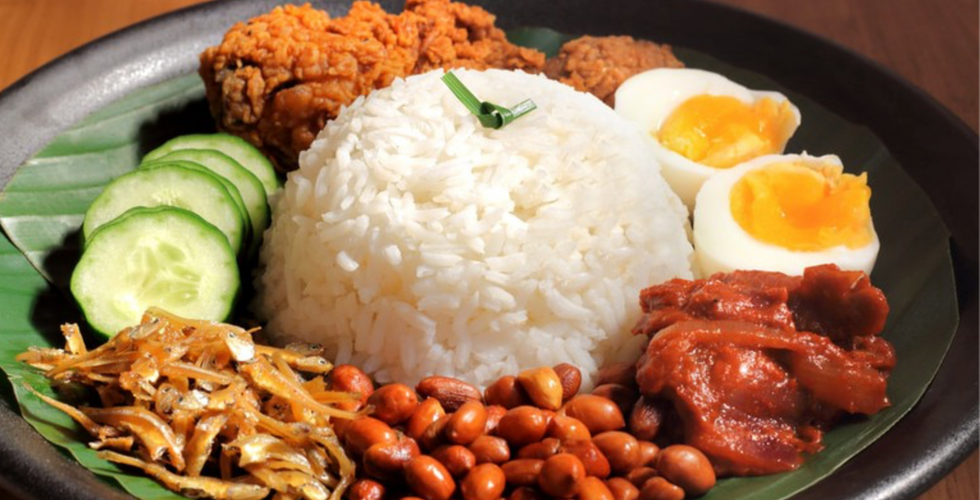Malaysian Eating Habits - research
- Kevin Tan

- May 6, 2020
- 2 min read
Updated: Dec 3, 2020
Malaysia has a wide variety of foods and dishes. There are mainly three large ethnic groups such as Malays, Chinese, and Indians. According to a research study, the population of ethic groups in Malaysia which comprises of Malay (61.7%), Chinese (20.8%) and Indian (6.2%). Not to mention, each culture has their own cuisine and a mix of recipes which are very astounding. Furthermore, Malay's food tend to favour things like rice and spicy curry, in Chinese like noodles and soup dishes and Indians eat their tosai or chapati with curries as well as dish like mutton stew. Malaysian eating habit – Most Malaysian meals consist mostly of rice which is very high in carbohydrates. (Lockard, Leinbach, Ahmad & Jin, 2020)
Moreover, BMI eating habits which focus on the Malay, Chinese and Indian. BMI categorize into 4 parts which are underweight, normal, overweight and obese. Malay’s people has a significant rate for underweight which is 80% compared to Chinese 6.7% and Indian 4.6%. Chinese people has the highest amount for normal bmi which is 68.8% compared to Malay 54.5% and Indian47.7%. BMI for overweight, Indian people has the highest percentage which is 27.5% while Malay 26.6% and Chinese 19.7%. However, the least bmi for obese goes to Chinese 4.8% compared to Indian 20.2% and Malay 10.9%. Furthermore, how many people eat outside or at home? There are 12.5% people at home with outside food while 23.4% only at home and 64.1% outside food. (Tan, 2014)
Malaysia has one of the highest rates of obesity in Southeast Asia. It also has a share of 44.4 per cent of adult people of both sexes (18 years and up) who have a Body Mass Index of higher than 25 kg/qm, which is considered overweight. The number of obese people in Malaysia (defined as having a Body Mass Index of more than 30 kg/qm) is also the highest in Southeast Asia with 13.3 per cent. The health risks result in mounting healthcare costs for treatment of chronic diseases including diabetes and heart disease, analysts say. Malaysia has the highest costs as a result of high obesity, making up as much as an estimated 20-per cent share of overall of healthcare spending. Obesity means having too much body fat. It is different from being overweight, i.e. weighing too much. However, both terms mean that a person’s weight is greater than that considered healthy for a person’s body height. Calorie intake and output varies with individuals, and in the same individual, with age. The factors that affect body weight include genetics, over-eating and lack of exercise.“The improving economic standards in the region have brought about lifestyle changes, which in turn have led to a shift to more unhealthy diets,” a recent analysis of research firm Fitch Solutions Macro Research said. (Maierbrugger, 2019)
Reference & citation
Lockard, Leinbach, Ahmad, Jin (2020 April 23) found that "Malaysia -Ethnic groups and languages". Retrieved from https://www.britannica.com/place/Malaysia/People
Tan (2014 August 3) found that "More Malaysians eat out nowadays but are we eating enough healthy food?" Retrieved from https://www.thestar.com.my/news/nation/2014/08/03/food-always-on-our-minds-more-malaysians-eat-out-nowadays-but-are-we-eating-enough-healthy-food/
Maierbrugger (2019 September 17) found that "Malaysians Are Southeast Asia’s Fattest, But Vietnam Is Catching Up Fast". Retrieved from https://investvine.com/malaysians-are-southeast-asias-fattest-but-vietnam-is-catching-up-fast/
















Comments